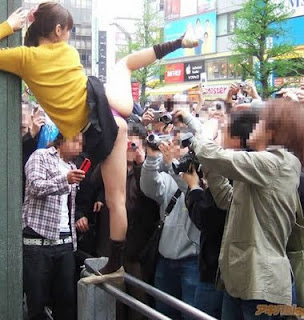Tactics- Position of power
Some attacks succeed while others don't. When two fighters of equal strength and technical prowess face each other the decisive factor in determining whose attack shall be effective, and whose will be a waste of energy, is tactics. The fighter with the tactical advantage will control the outcome of the confrontation. Examples of tactical advantageous positions are as follow (to name but a few): 1. Being behind the opponent 2. Having the exit behind you 3. Being "inside" the opponent's defenses 4. Being "outside" the line of attack. 5. Being out of sight. More advantageous positions can be discovered if one studies the battlefield. Positions of advantage are documented in works like Sun Tzu's Art of War, Musashi's Book of Five Rings and Bruce Lee's Tao of Jeet Kune Do. That basically concludes my blog. If anybody needs more detail or advice I can be contacted at boshoffm3@gmail.com

